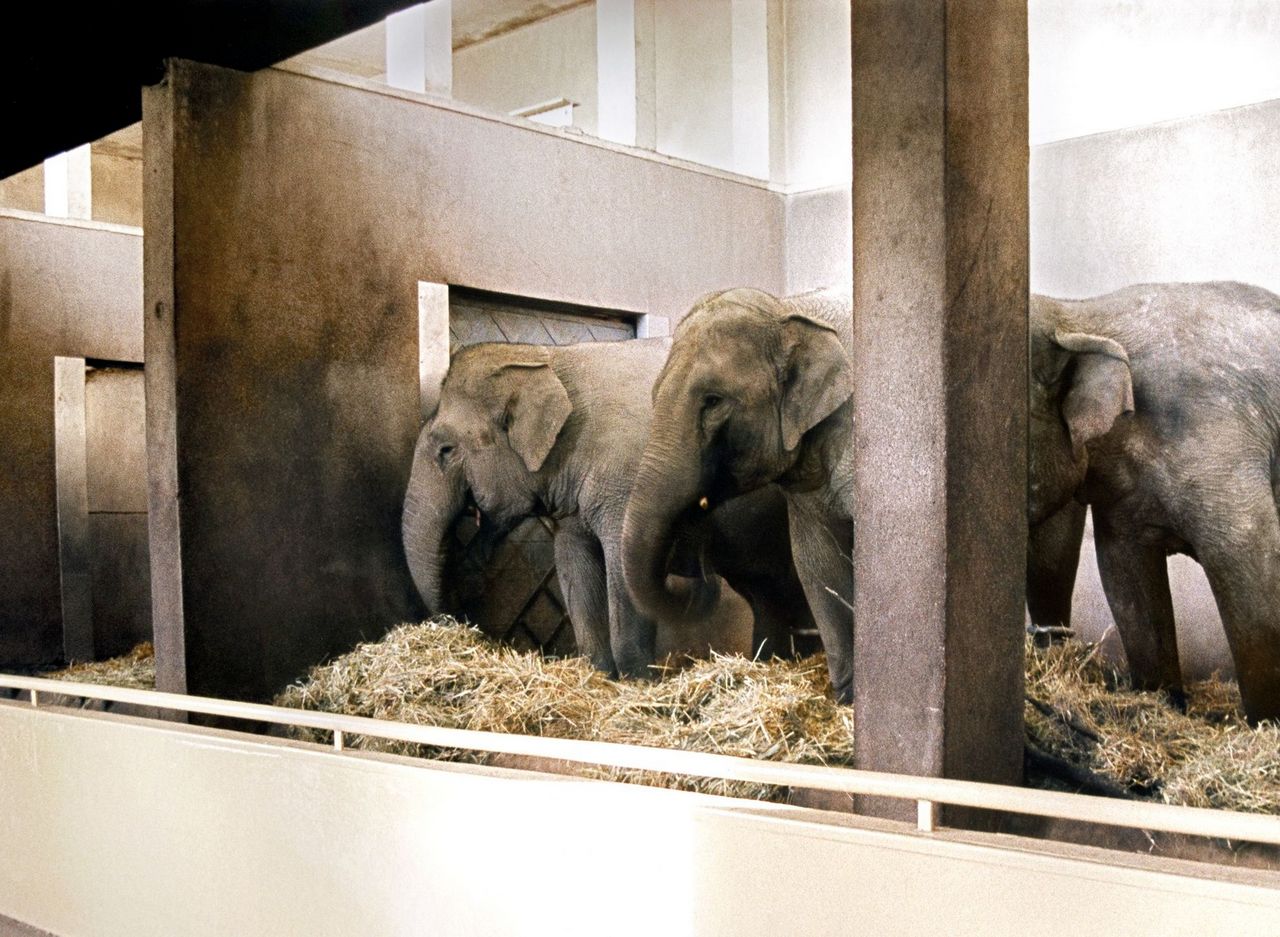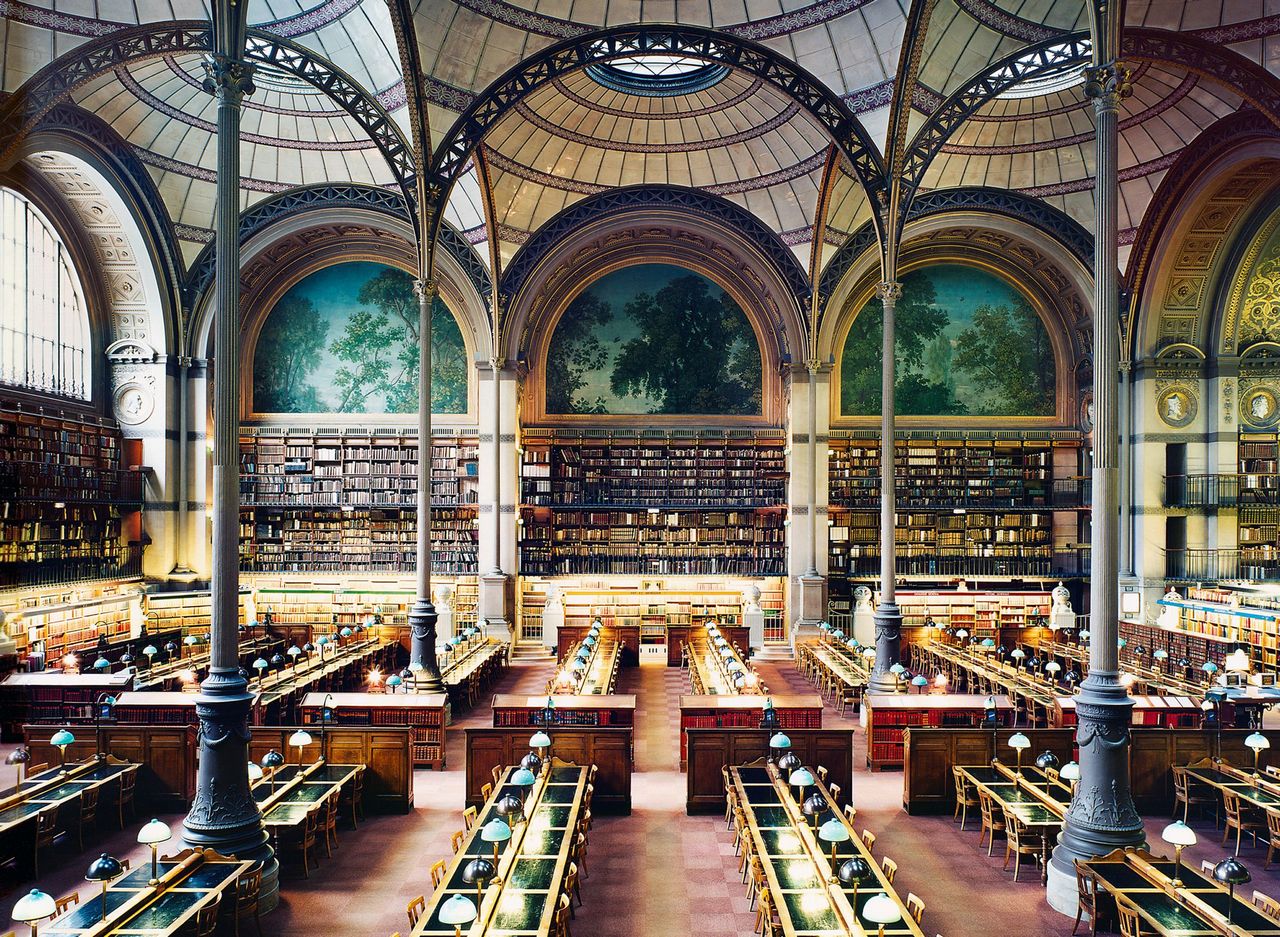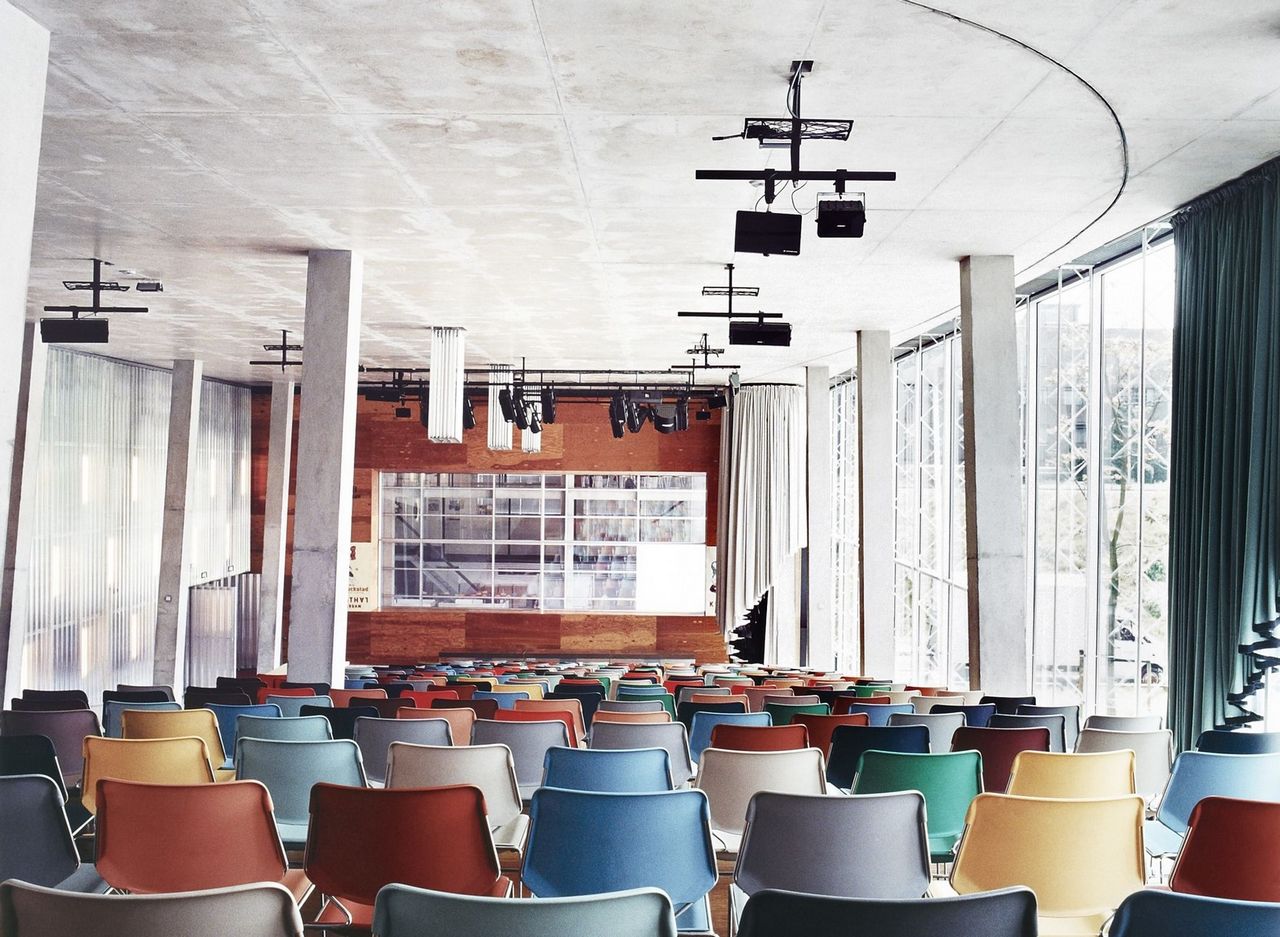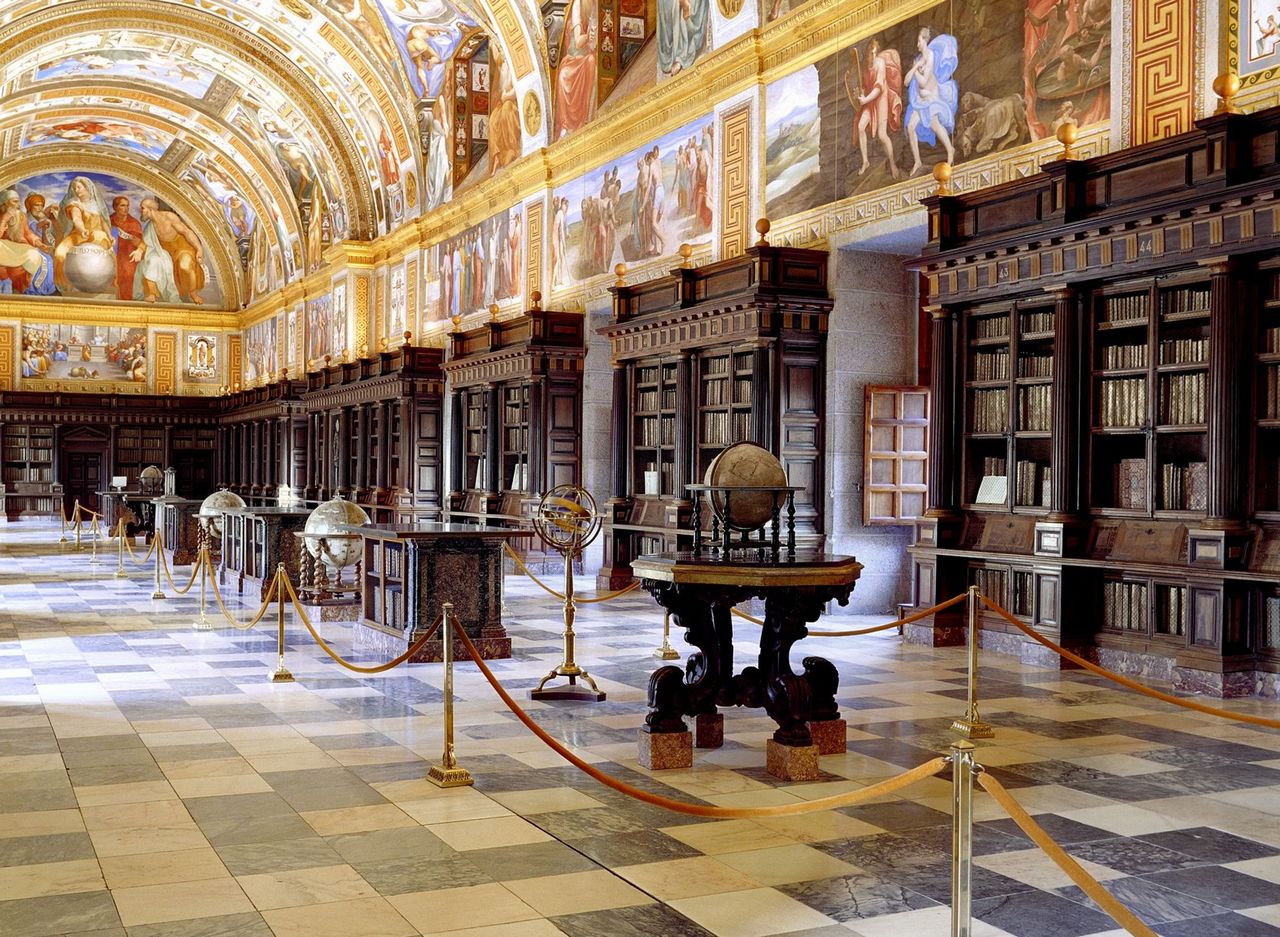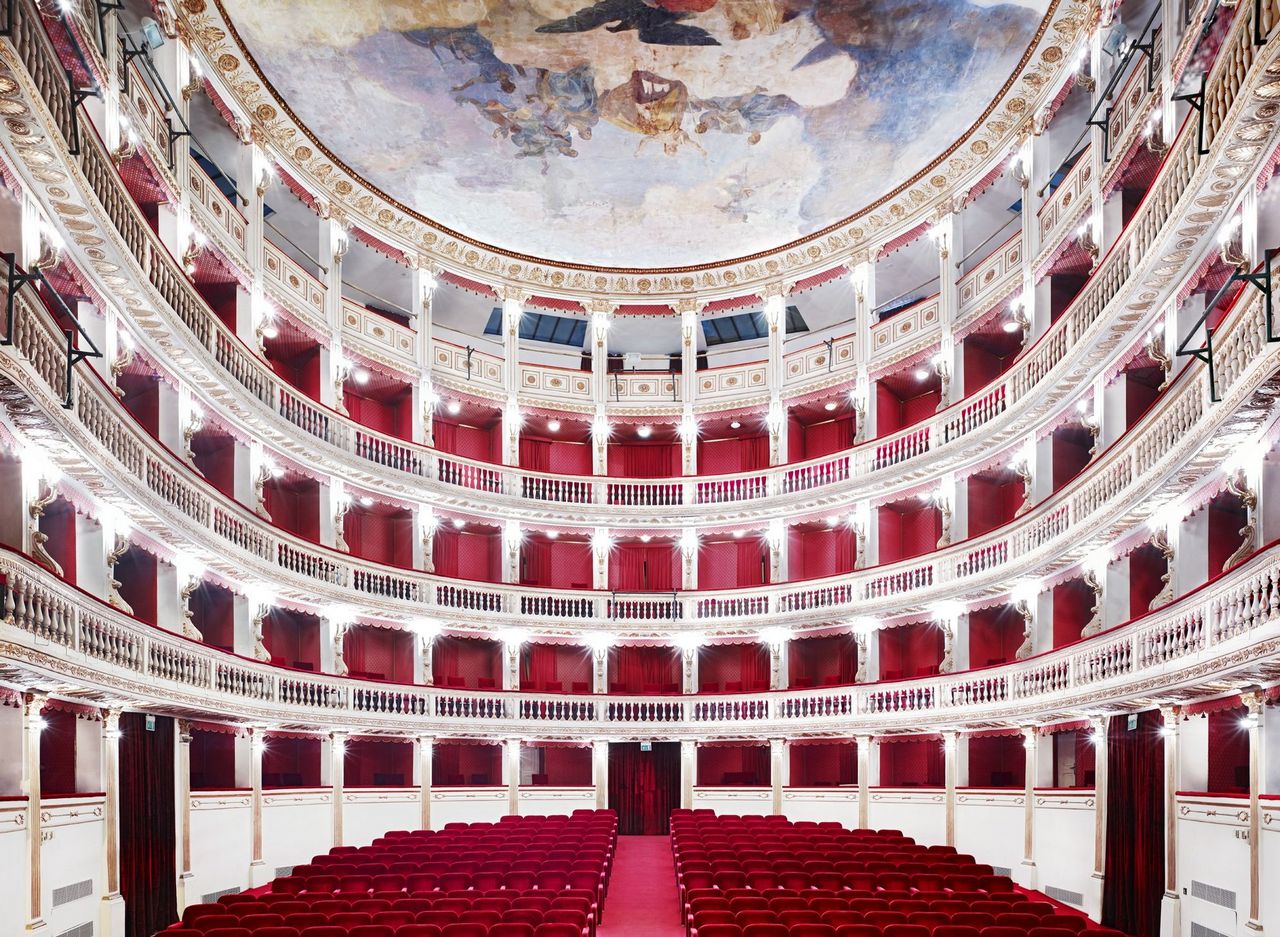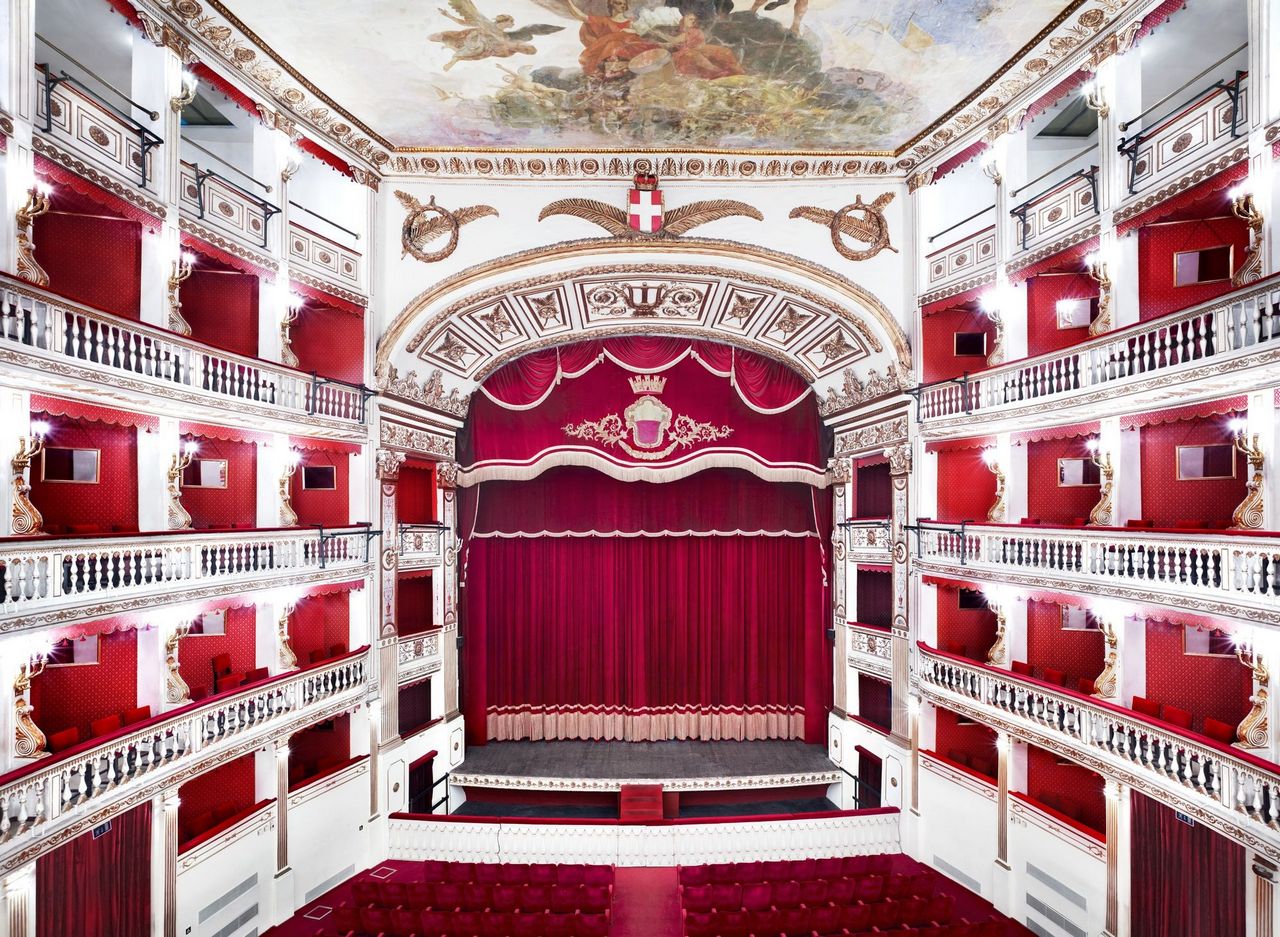PHOTO: Candida Höfer Photographs
Candida Höfer began taking color photographs of interiors of public buildings, such as offices, banks, and waiting rooms, in 1979 while studying in Düsseldorf. Höfer specialises in large-format photographs of empty interiors and social spaces that capture the “Psychology of social architecture”. Her photographs are taken from a classic straight-on frontal angle or seek a diagonal in the composition.
By Efi Michalarou
Photo:Hessisches Landesmuseum Darmstadt Archive
The exhibition “Candida Höfer. Photographs” offers a broad overview of the artist’s oeuvre. Visitors will see her breathtaking large-format portraits of grand halls as well as more recent photo series in which Candida Höfer explores, for example, temporary lighting fixtures. Candida Höfer began taking color photographs of interiors of public buildings, such as offices, banks, and waiting rooms, in 1979 while studying in Düsseldorf. Höfer specialises in large-format photographs of empty interiors and social spaces that capture the “Psychology of social architecture”. Her photographs are taken from a classic straight-on frontal angle or seek a diagonal in the composition. In large-format images, she depicts empty halls in museums, opera houses, theaters, churches, zoos, or libraries—places of encounter, communication, memory, and knowledge, but also of relaxation and recreation. The artist does not view her work as architectural photography, but rather as portraits of spaces, in which their function and cultural significance are revealed. Candida Höfer was born in 1944 in Eberswalde, Germany. From 1963 to 1964, she worked as a volunteer in the Fotoatelier Schmülz-Huth in Cologne, and from 1964 to 1968 she studied at the Kölner Werkschulen. She began working for newspapers as a portrait photographer in 1968, producing a series on Liverpudlian poets. From 1970 to 1972, she studied daguerreotypes while working at the Werner Bokelberg studio in Hamburg. She enrolled at the Kunstakademie Düsseldorf to study film in 1973, but transitioned to photography in 1976, becoming Bernd Becher’s student until 1982. Along with Thomas Ruff, she was one of the first of Becher’s students to use color, showing her work as slide projections. Since 1980, in her ongoing “Räume” (Spaces) series, Höfer has concentrated on public spaces inside libraries, hotels, museums, concert halls, palaces, and other buildings. The series “Zoologische Garten: (1990–92), despite the absence of people in its images, is about the ways in which people are directed and contained by architecture. “Zoologischer Garten Hannover V” (1992), an image of a lion staring from behind the grating of a cage, evinces the act of viewing that is key to the museum experience, yet it also suggests the way in which institutional architecture contains its human visitors, directing them through certain spaces and not others. Höfer has expanded her interest in archival spaces such as libraries and museums to include storage facilities for art. “Gustinus Ambrosi I Museum, Vienna” (1992), for example, is a photograph of ten portrait busts gathered unceremoniously in a forgotten corner of a museum; ventilation ducts seem to take the place of paintings on the blank wall behind them. In 2001, for “Douze-Twelve”, commissioned by the Musée des Beaux-Arts et de la Dentelle in Calais, Höfer photographed all twelve casts of Auguste Rodin’s “The Burghers of Calais” in their installations in various museums and sculpture gardens. Despite the geographically specific titles of her recent series—“Dresden” (1999–2002), “Weimar” (2004–06), “Louvre” (2006), “Portugal” (2006), and “Bologna” (2007)—Höfer’s images of empty spatial constructions comment not on cultural differences but explore the universality of the built environment’s manipulation of human experience. Candida Höfer’s photography, particularly her “Libraries” series, extends beyond architectural documentation to provide a detailed examination of institutional culture. The works parallel Sharon Macdonald’s ethnographic study of the Science Museum in London. Höfer’s images, marked by the absence of human presence, enable viewers to focus on the undisturbed tranquility and vibrant colors of spaces such as the British Library and the Whitney Museum. This “architecture of absence” draws attention to the unseen labor and institutional decisions that shape visitor experiences. Her large-scale photographs capture the essence of library spaces, emphasizing architectural beauty, intricate interior details, and the interplay of light and shadow. Höfer’s precise use of symmetry and composition enhances the visual impact and documents the cultural and historical significance of these spaces. By highlighting architectural elements and institutional structures, her work reveals the complex interplay between architecture, institutional directives, and cultural representation. Höfer’s focus on textures and materials adds a tactile dimension, intending to encourage viewers to imagine the physical sensations of these grand spaces. Some readings of her work adopt a ethnographic and thematic organization enhancing an understanding of how institutional spaces are designed and experienced, exploring the social architecture and cultural narratives inherent within these environments.
Photo: Candida Höfer, © Candida Höfer/VG Bild-Kunst, Bonn 2025
Info: Hessisches Landesmuseum Darmstadt, Friedenspl. 1, Darmstadt, Germany, Duration: 22/5-24/8/2025, Days & Hours: Tue, Thu-Fri & Sat-Sun 11:00-18:00, Wed 11:00-20:00, www.hlmd.de/
